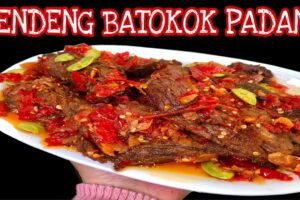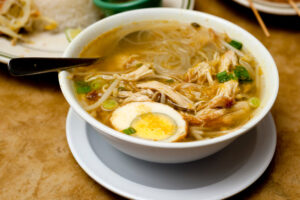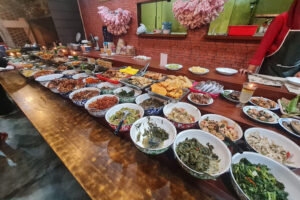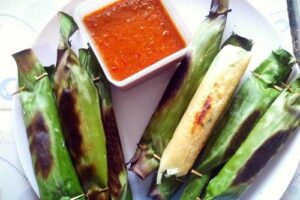Introduction
Indonesia, a nation rich in culture and natural resources, is also home to an extraordinary culinary heritage that has captured the attention of the global community. Among its many treasures, five traditional dishes have been officially recognized as Intangible Cultural Heritage by UNESCO, highlighting the country’s deep-rooted food traditions. These foods are not just meals but symbols of Indonesia’s cultural identity, passed down through generations. This article explores these iconic dishes, their significance, and why they have earned international acclaim.
The Significance of Food in Indonesian Culture
Food in Indonesia is more than sustenance; it is a reflection of the nation’s history, geography, and social customs. From the spices of Sumatra to the seafood of the archipelago, each region contributes unique flavors and techniques to the country’s culinary landscape. The recognition of these foods by UNESCO underscores their importance not only as gastronomic delights but also as cultural markers that connect people to their heritage.
1. Rendang – A Symbol of Tradition and Flavor
Rendang, originating from West Sumatra, is one of Indonesia’s most famous dishes. It is a slow-cooked meat dish, typically made with beef, coconut milk, and a blend of aromatic spices such as lemongrass, galangal, and cloves. The process of making rendang can take up to 24 hours, allowing the flavors to deeply infuse into the meat.
According to local Minangkabau tradition, “rendang” comes from the word “marandang,” meaning to cook slowly over low heat. This method ensures that the meat becomes tender while the spices penetrate every layer. Rendang is often served during important ceremonies, symbolizing hospitality and celebration. Its global recognition by UNESCO in 2013 further cements its status as a national treasure.
2. Nasi Goreng – The Versatile National Dish

Nasi goreng, or fried rice, is another staple of Indonesian cuisine. While it may seem simple, nasi goreng is a versatile dish that can be customized with various ingredients like eggs, shrimp, chicken, and vegetables. It is believed to have originated during the 10th century and was influenced by Chinese immigrants who brought their cooking techniques to the archipelago.
What makes nasi goreng unique is its ability to adapt to different regions and personal preferences. From the spicy version in Jakarta to the milder ones in Bali, this dish represents the diversity of Indonesian tastes. Its popularity both domestically and internationally has led to its inclusion in UNESCO’s list of intangible cultural heritage.
3. Pempek – A Delight from Palembang
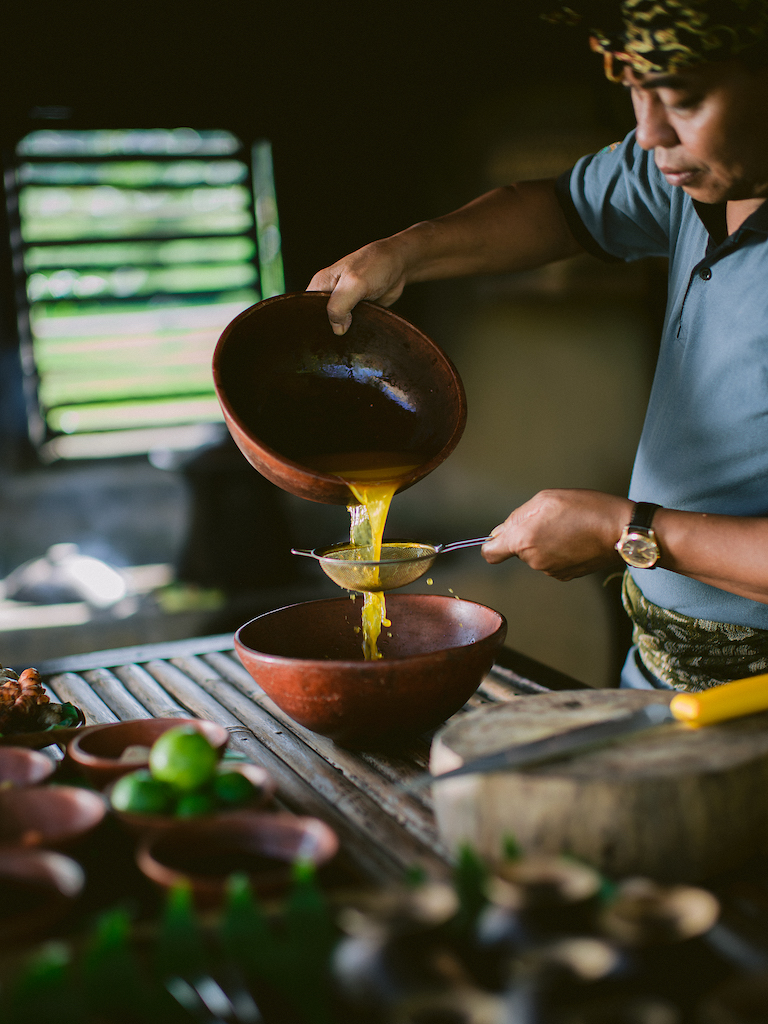
Pempek, a beloved snack from Palembang, South Sumatra, is a type of fish cake made from ground fish and tapioca flour. It is often served with a tangy and sweet sauce called “cuko,” which adds a distinct flavor to the dish.
Pempek has been recognized as part of Indonesia’s intangible cultural heritage since 2013. Its texture, ranging from soft to chewy, and the combination of savory and sweet flavors make it a favorite among locals and tourists alike. The dish is commonly enjoyed as a street food or as part of a festive meal, showcasing the rich culinary traditions of the region.
4. Tempe – A Nutritional Powerhouse
Tempe, a fermented soybean product, is a staple in Indonesian diets. It is known for its high protein content and health benefits, making it a popular choice for vegetarians and those seeking plant-based alternatives to meat.
Tempe is not only a source of nutrition but also a symbol of Indonesia’s agricultural heritage. Its production involves a natural fermentation process, which enhances its flavor and nutritional value. UNESCO recognized tempe as an intangible cultural heritage in 2018, acknowledging its role in promoting sustainable food practices and traditional knowledge.
5. Jamu – The Traditional Herbal Drink
Jamu, a traditional herbal drink, has been an integral part of Indonesian culture for centuries. Made from a combination of herbs, roots, and spices, jamu is believed to offer numerous health benefits, including boosting immunity and aiding digestion.
Jamu is often consumed when someone is feeling unwell or as a preventive measure to maintain good health. Its ingredients vary depending on the region and the specific health needs of the consumer. In 2022, UNESCO officially recognized jamu as an intangible cultural heritage, highlighting its significance in preserving traditional medicine and indigenous knowledge.
Conclusion
The recognition of these five Indonesian dishes by UNESCO is a testament to the country’s rich culinary heritage. Each of these foods carries a story, a tradition, and a connection to the past. Whether it’s the slow-cooked perfection of rendang, the versatility of nasi goreng, the unique taste of pempek, the nutritional value of tempe, or the healing properties of jamu, these dishes represent the soul of Indonesia. As the world continues to celebrate cultural diversity, these foods stand as proud symbols of Indonesia’s identity and legacy.


